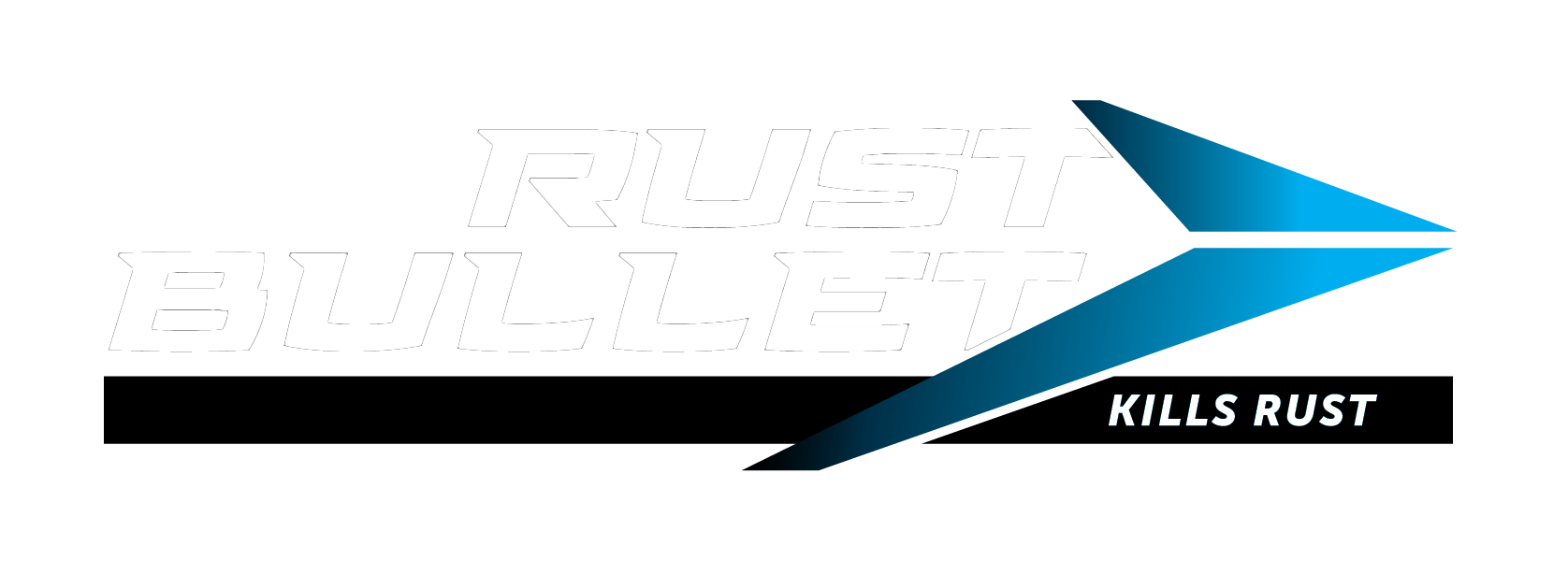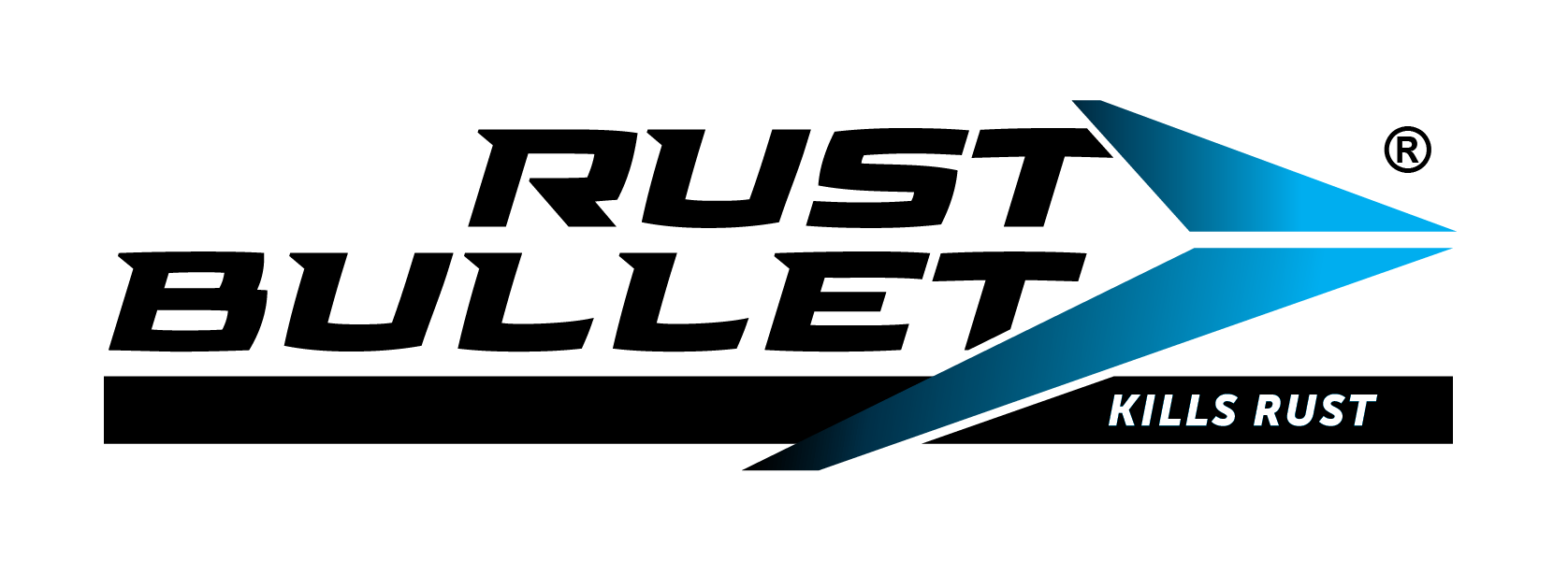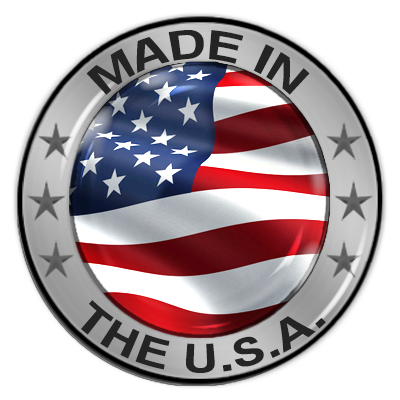Concrete is a standard floor construction material used in home & commercial industries. It is a cost-efficient and sturdy material to tolerate wear and tear. Despite concrete’s efficient texture and integrity, we often find ugly cracks and dents on the surface. It happens when sharp and heavy materials drop or get dragged on them. This is why many industries are inclined to apply a specific formula of concrete floor coating to avoid such things.
What does concrete floor coating do?
Factories and warehouses often deal with heavy machinery and products. These machines get dragged from one place to the other due to daily operations. This action results in dents and drag-marks on concrete. The prime aim of a concrete floor coating solution is to cover up crevices, cracks, dents, etc and give a smoother look.
How can a concrete coating protect exposed concrete surfaces? The answer to this question is elaborate testing in different industrial situations. The latest testing methods carried out in different modes and environments make a formula match more than 12000+ testing standards.
It is approved and then released in the market for commercial use. A formula should be efficient enough to offer powerful and protective coats on cemented floors. Here is a list of tests done to confirm its services.
- Taber abrasion – This test confirms the resistance and prevention of skid marks.
- Impact resistance – This test checks whether sharp tools falling on the concrete coats cause any dent or crack.
- Mandrel bend – This test checks whether storing heavy machinery will cause bending on the surface or not.
- Adhesion bond strength – This test checks whether coated surfaces will peel off or not due to dragging or friction.
After passing all these tests, a formula for concrete floor coating is launched and used in different environments.





Comments are closed